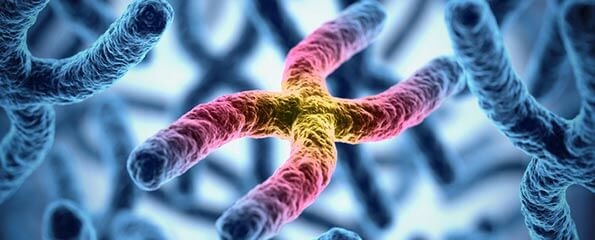A ‘tail’ of supergenes and sperm competition
The evolutionary puzzle of why a significant number of individuals in any population have poorly performing genes is closer to being solved, in a new study looking at the genetics of sperm in the zebra finch.
A number of genes clustered together on the ‘supergene’ chromosome determine the size and speed of sperm in the zebra finch, and the location of these genes within a part of the Z sex chromosome constrains the way that natural selection can act on them.
The research published in Nature Ecology and Evolution led by the University of Sheffield with Macquarie University, provides insight into the genetic architecture underlying variation in sperm morphology in the zebra finch, with some genes linked to long tails, and others linked to a long mid-piece, the ‘engine’ of the sperm.
Through a chromosomal inversion in the genes, fortunate males inherit a long tail from one parent and a big engine from the other parent, but they can’t pass both things together onto their offspring.
The way that the different genes are located within these supergenes helps to solve this riddle.
“Sperm is an interesting trait in sexually reproducing organisms because it is very intimately associated with fitness – males that produce the fastest swimming sperm are likely to fertilise more eggs than those producing slower sperm,” said co-author of the research, Professor Simon Griffith from the Department of Biological Sciences.
Strong selection should reduce the variation in the type of sperm in a population, and yet that is often not the case.
“In the zebra finch, as with other species, there are lots of males that produce average and slow swimming sperm, and why some males still have genes for apparently poor-quality sperm is part of a long-standing puzzle in evolutionary biology,” said Professor Griffith.
While this research looks at the genetics of sperm, the findings about the way that genes are locked together into a supergene through an ancient chromosomal inversion is something that can potentially apply to any genetically inherited trait.
“This study advances our understanding of how evolution works, and why there are lots of individuals in any population that have versions of genes that aren’t the best ones available for any particular job,” concluded Professor Griffith.
(Source: Macquarie University)
Dates
Tags
Created by:

 Login
Login














